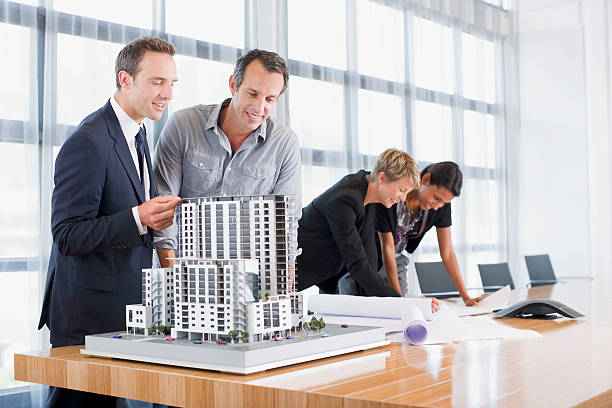
10 Types of Architecture Models and how to make them

There are many types of architecture models, each designed to serve a specific purpose. Here are ten common types of architecture models and how to make them:
Conceptual models: Conceptual models are used to communicate the high-level design ideas and vision for a project. To make a conceptual model, start by creating a list of key design concepts and then sketch out how they might be implemented.
Physical models: Physical models are 3D representations of a building or structure, usually made out of materials like cardboard or foam. To make a physical model, first create a detailed set of blueprints or CAD designs and then use those as a basis for constructing the model.
Computer models: Computer models are digital representations of a building or structure created using computer software like AutoCAD or Revit. To create a computer model, start by creating a detailed set of blueprints or CAD designs, and then use that to create a 3D model in the software.
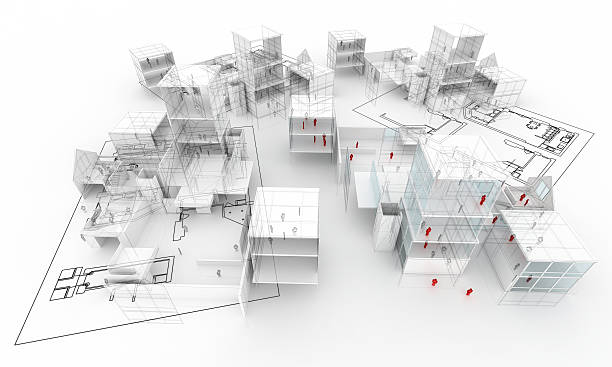
Site models: Site models are used to represent the layout and topography of a building site. To make a site model, start by gathering accurate measurements of the site and then use those to create a 3D model using software or physical materials.
Functional models: Functional models are used to illustrate how a building or structure will work, including features like heating and cooling systems, plumbing, and electrical systems. To make a functional model, start by creating detailed designs for each system and then integrate them into a 3D model.
Scaled models: Scaled models are smaller versions of a building or structure, usually used to demonstrate design features or to test how different materials or colors will look. To make a scaled model, use the same techniques as for physical models but on a smaller scale.
Massing models: Massing models are used to show the general shape and size of a building or structure. To make a massing model, start by creating a simple 3D model and then refine it to show more detail as needed.
Exploded models: Exploded models show the different layers and components of a building or structure, often used for educational or instructional purposes. To make an exploded model, create a 3D model and then separate out the different layers and components.
Presentation models: Presentation models are used to showcase the design of a building or structure to stakeholders, investors, or the public. To make a presentation model, focus on creating a visually appealing and accurate representation of the design, often using high-quality materials like wood or metal.
Context models: Context models are used to show how a building or structure fits into its surrounding environment. To make a context model, start by creating a 3D model of the building or structure, and then add in elements like trees, roads, and other buildings to create a more complete representation of the site.

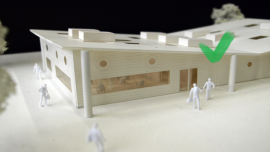
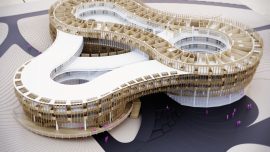
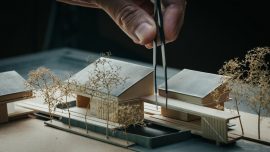
0 تعليقات
اكتب تعليق